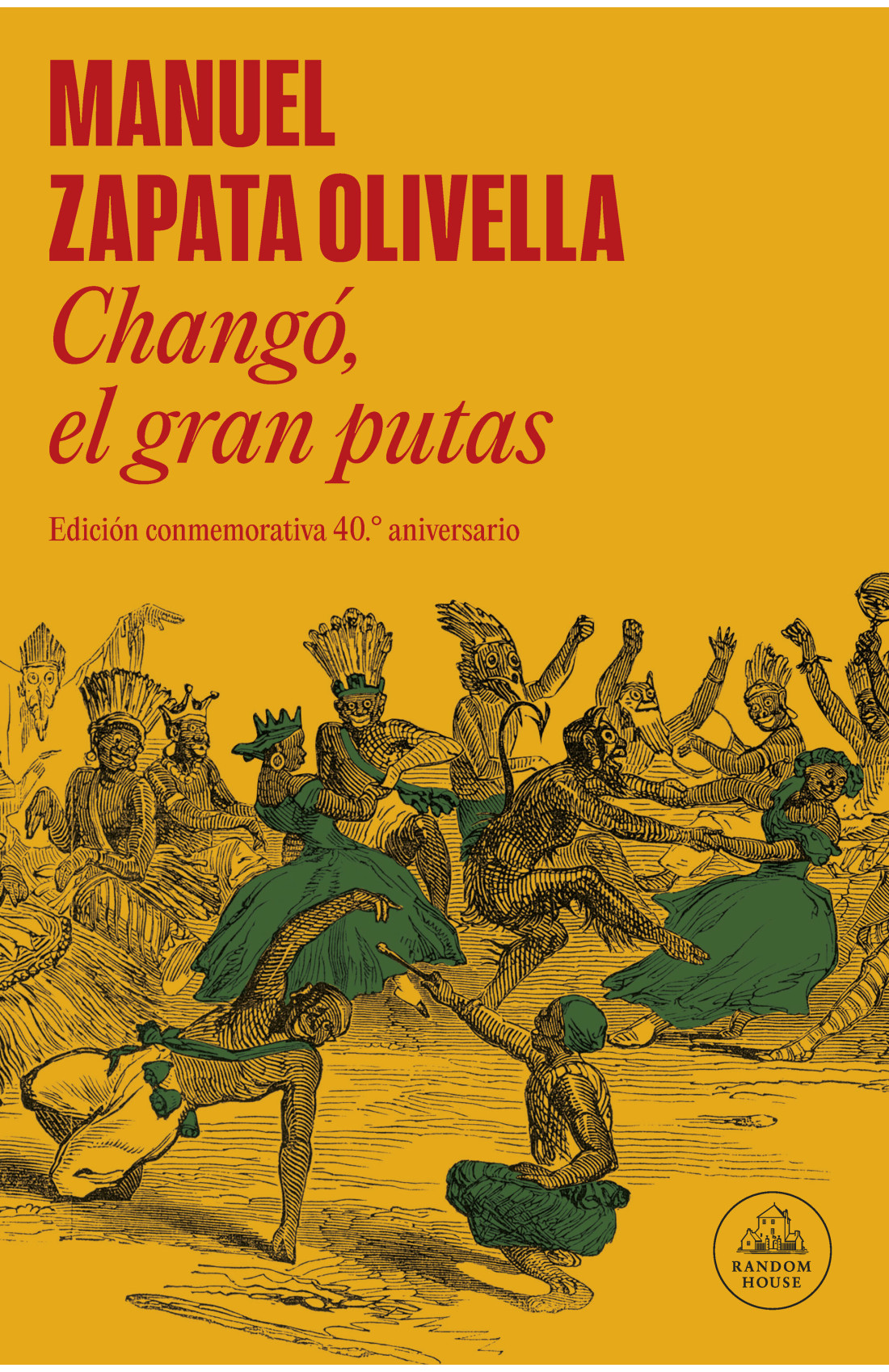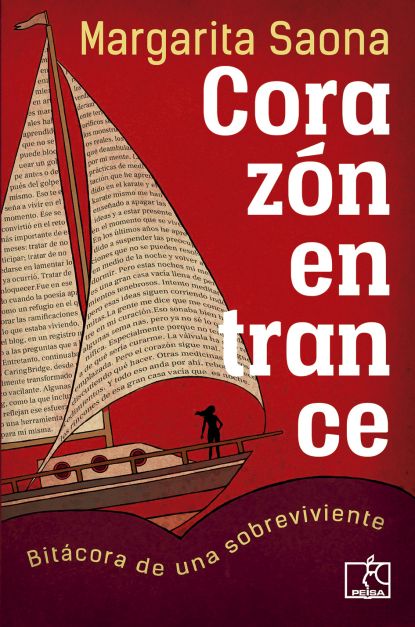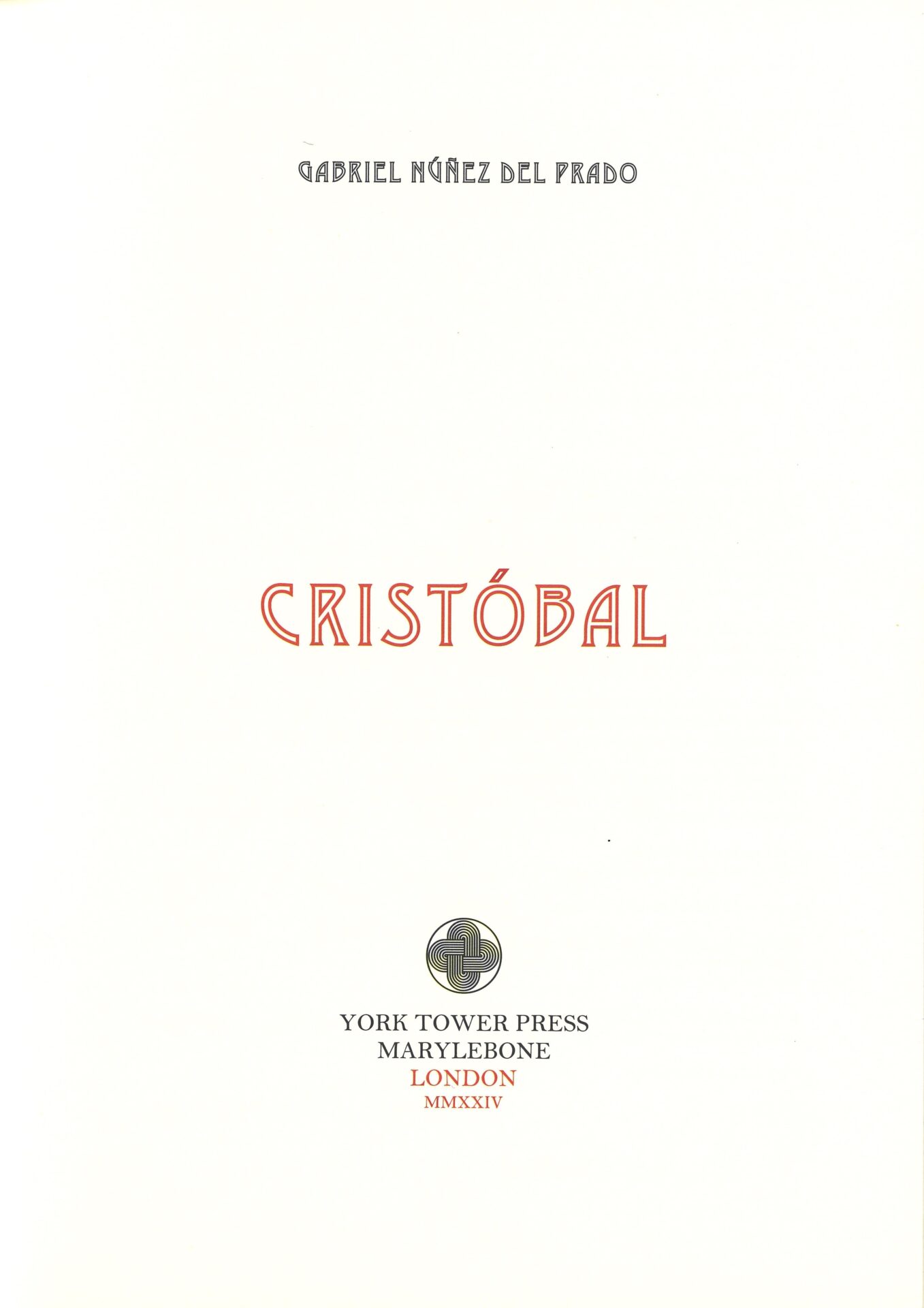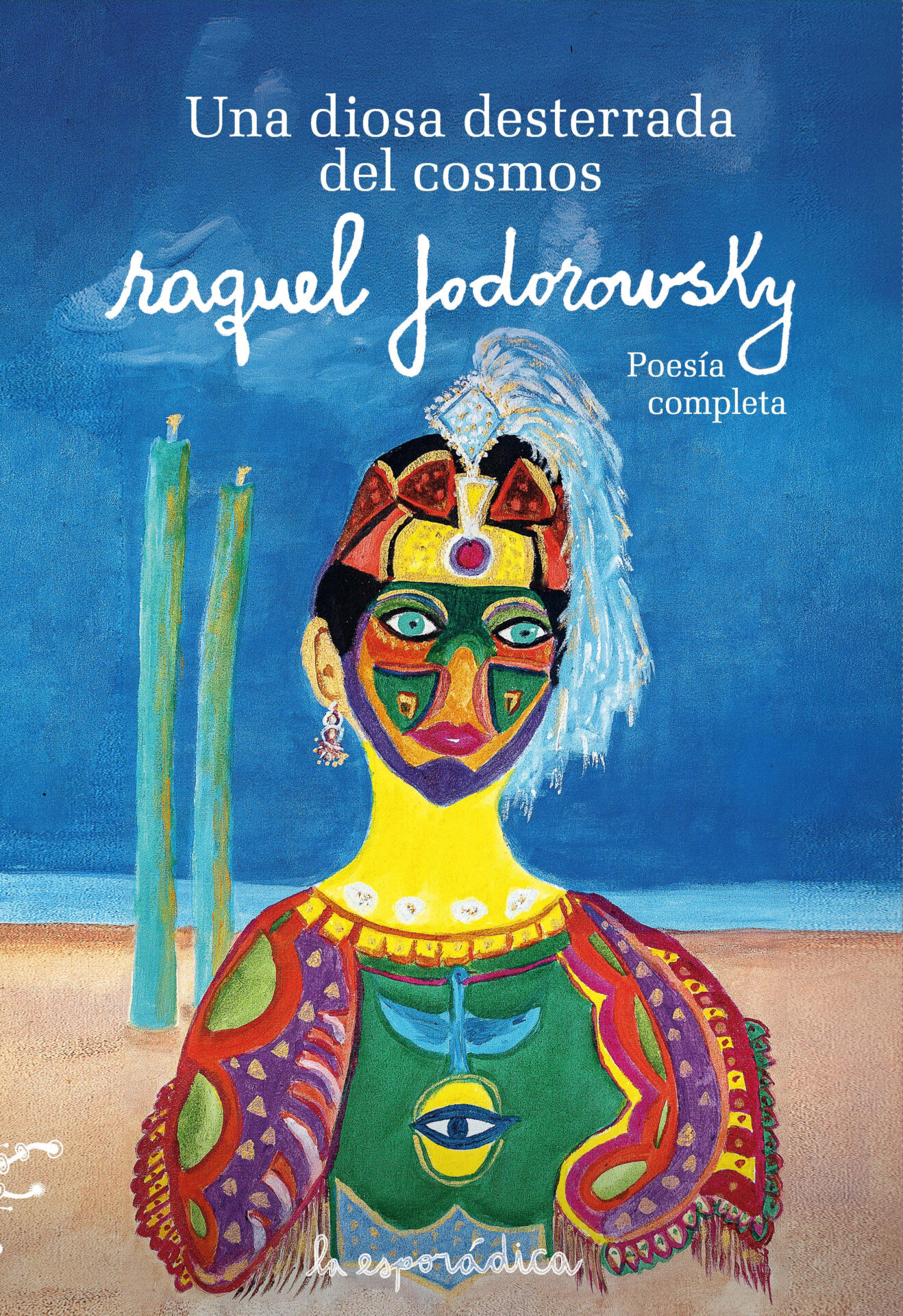Nogar, Anna M. Quill and Cross in the Borderlands: Sor María de Ágreda and the Lady in Blue 1628 to the Present. Notre Dame University Press, 2018. 457 pp.
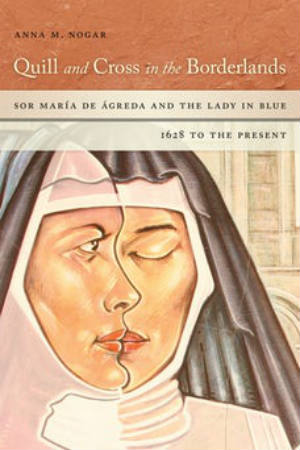 This extensive study of Sor María de Ágreda, a 17th-century Spanish nun, centers on two facets: her biography as a historical figure, based on extant documents that narrate how she was able to travel to New Mexico, without moving from her convent in Spain to spread the gospel among indigenous tribes before the missionaries arrived. From that history of bilocation and preaching springs the second facet: a narrative about a “Blue Lady” who appeared to the Amerindians, converting them ahead of those officially charged with doing so. From written testimonies we find out that lady is Ágreda, who by divine and miraculous intervention could be in two places at once. Both parts are intimately linked, and the narrative that the documented history engenders becomes a mythology based on legends about the Blue Lady, whose influence is traceable in numerous subsequent artistic and folkloric forms that reach our era in the Americas.
This extensive study of Sor María de Ágreda, a 17th-century Spanish nun, centers on two facets: her biography as a historical figure, based on extant documents that narrate how she was able to travel to New Mexico, without moving from her convent in Spain to spread the gospel among indigenous tribes before the missionaries arrived. From that history of bilocation and preaching springs the second facet: a narrative about a “Blue Lady” who appeared to the Amerindians, converting them ahead of those officially charged with doing so. From written testimonies we find out that lady is Ágreda, who by divine and miraculous intervention could be in two places at once. Both parts are intimately linked, and the narrative that the documented history engenders becomes a mythology based on legends about the Blue Lady, whose influence is traceable in numerous subsequent artistic and folkloric forms that reach our era in the Americas.
Nogar’s richly documented first three chapters introduce and examine the writings on which Ágreda’s influence lies. This includes her bilocation, how without physically moving from Europe she visited the tribes of New Spain catechizing them before the first, and successful, Franciscans arrived; examining her letters; unearthing and deciphering inquisitorial documents that investigated how she could be in two cultural spheres at the same time; and ultimately her orthodoxy. Any suspicion about that sort of literature of the fantastic was confirmed through persons who interviewed her and wrote memorials about her evangelizing actions, and we thus begin to find the genesis of the Blue Lady’s narrative.
The chapters that follow chronologically trace the evangelizing fortunes of Ágreda’s writings and their influence in North America, particularly in New Mexico and Texas. Once again Nogar’s detailed archival work provides abundant and enriching data about how Ágreda’s writings became foundational for the religious orders that actually came to preach in those territories. Nogar’s touchstone is the Mariological text Mística ciudad de Dios, whose printings, quotes from it traceable in numerous New Spain documents, textual readings and recommendations provide a full understanding of the nun.
Within that framework, starting with the fourth chapter Nogar’s research centers on the influences mentioned, and in this regard the author is meticulous in linking the Blue Lady and Ágreda. But what is most noteworthy at this point in the book is Nogar’s ability to demonstrate how History and Narrative blend to have Sor María enter folklore and other artistic expressions from the XIX to the XXI centuries. Specifically, the last two chapters explore the locations of culture for the Lady in Blue. Nevertheless, as Nogar points out, a problem is that in those representations, in the U.S., the clear connection to Ágreda is lost, thereby making ample folklore more pertinent than a historical figure.
Given the interdisciplinary possibilities of quill and cross the book’s conclusions, which are adequate and condense the contents of this fine study, are too brief, especially after the painstaking research Nogar has carried out and the ideas she espoused in every chapter. Yet, among the increasing attention to transoceanic scholarship, Anna M. Nogar’s contribution is necessary and just, in great part because nuns from both sides of the Atlantic are frequently decontextualized for the sake of exclusively theological, gender, or ideological interests. After all, as the author reminds us, Sor María de Ágreda has been calling our attention for more than four centuries, a cultural mobility that cannot be underestimated in Hispanic language and culture.
Diego Valdecantos
University of Oklahoma

